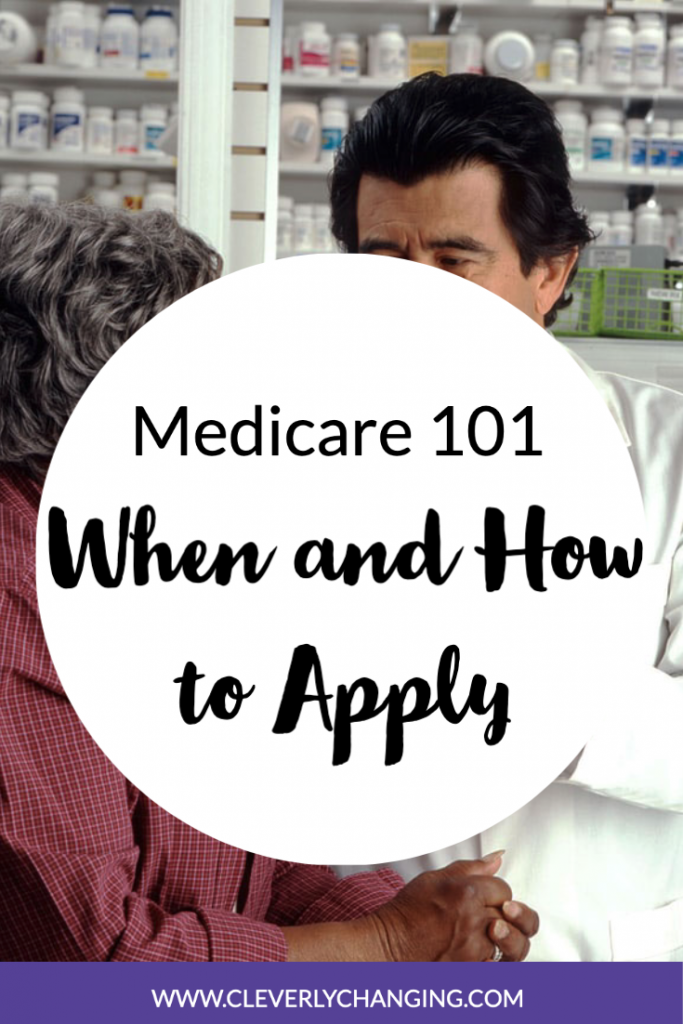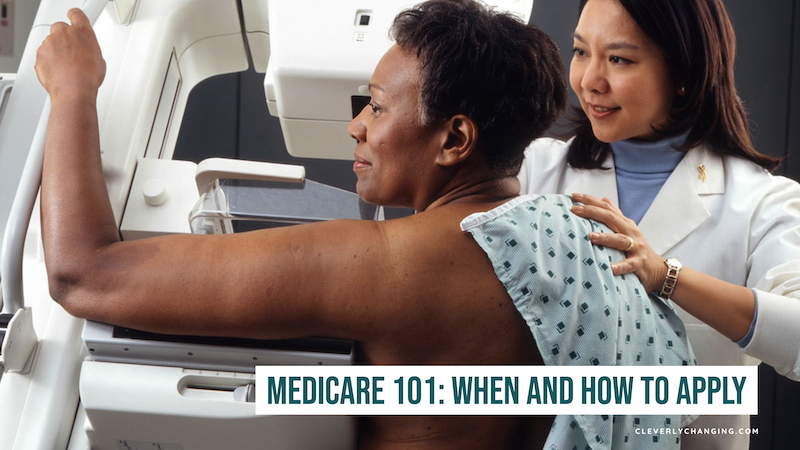Medicare is one of those topics that most people are familiar with, but still lack a clear understanding of all the specifics. Fortunately, while it is quite a comprehensive federal health insurance program, it is not an impossible topic to grasp.
With this in mind, let’s take a look at Medicare 101. Let’s start with eligibility, the timeline of when you should apply, and the different coverage options you have to choose from:
Rule #1 of Medicare 101 is 65 is the Magic Medicare Age
Your initial enrollment period for Medicare is a seven-month period that begins three months before the month you turn 65, includes your birthday month, and ends three months after your birthday month. If you miss this opportunity to enroll in at least Medicare Part B—more on this plan in a bit—you will also get another chance every year to sign up during a general enrollment period that takes place between January 1 and March 31. But as a rule of thumb, keep your 65th birthday in mind as the Medicare Milestone birthday.
How to Apply for Medicare
You can apply online for traditional Medicare from the comfort of your own home on the SSA.gov site. You don’t have to be retired to apply, and the online application can usually be completed in about 10 minutes. The Social Security Administration will review your enrollment form and let you know if more information is needed. One additional tip: if you are still working and have either health insurance through your job and/or a Health Savings Account, check with your HR department about how enrolling in Medicare might impact you and these benefits.

Medicare 101 – The Four Main Plans: Parts A, B, C and D
Medicare offers several coverage options. When it’s time to apply for Medicare, you have these four main options: Medicare Part A, Medicare Part B, Medicare Part C and Medicare Part D.
- Medicare Part A: This plan covers at-home care as well as hospital stays. Even if you are very healthy, Part A is a good plan to have in case an unexpected injury or illness occurs. For most Americans, this plan is free.
- Medicare Part B: This plan covers doctor visits, X-rays, medical tests and supplies, and long-term preventative care. Part B focuses on the things you do to help keep your health in great shape. Medicare plans Part A and B generally make up what is known as traditional Medicare.
- Medicare Part C: This plan is often referred to as an Medicare Advantage plan that combines Part A, B and typically D, and allows for more coverage options for your health care. Offered through private, Medicare-approved insurance companies, Medicare Advantage plans usually include prescription drug coverage, vision, dental and hearing aids. These plans often also offer senior health and wellness programs.
- Medicare Part D: This plan covers prescription drugs; similar to Part C, this plan is purchased through a private, Medicare-approved insurance company. The plan will usually have a flat copay for each medication or will be charged based on a percentage of the prescription cost.
Medicare Does Not Have to Be Confusing
By keeping your 65th birthday in mind as the time to start applying and taking an honest look at your health, retirement budget, and future insurance coverage needs, you will be well on your way to choosing the best Medicare plan for you.

